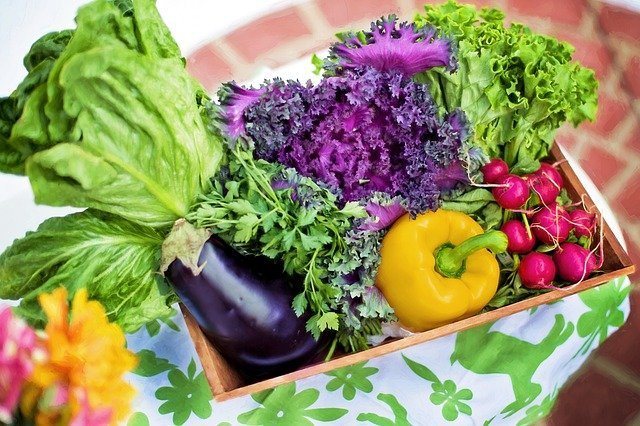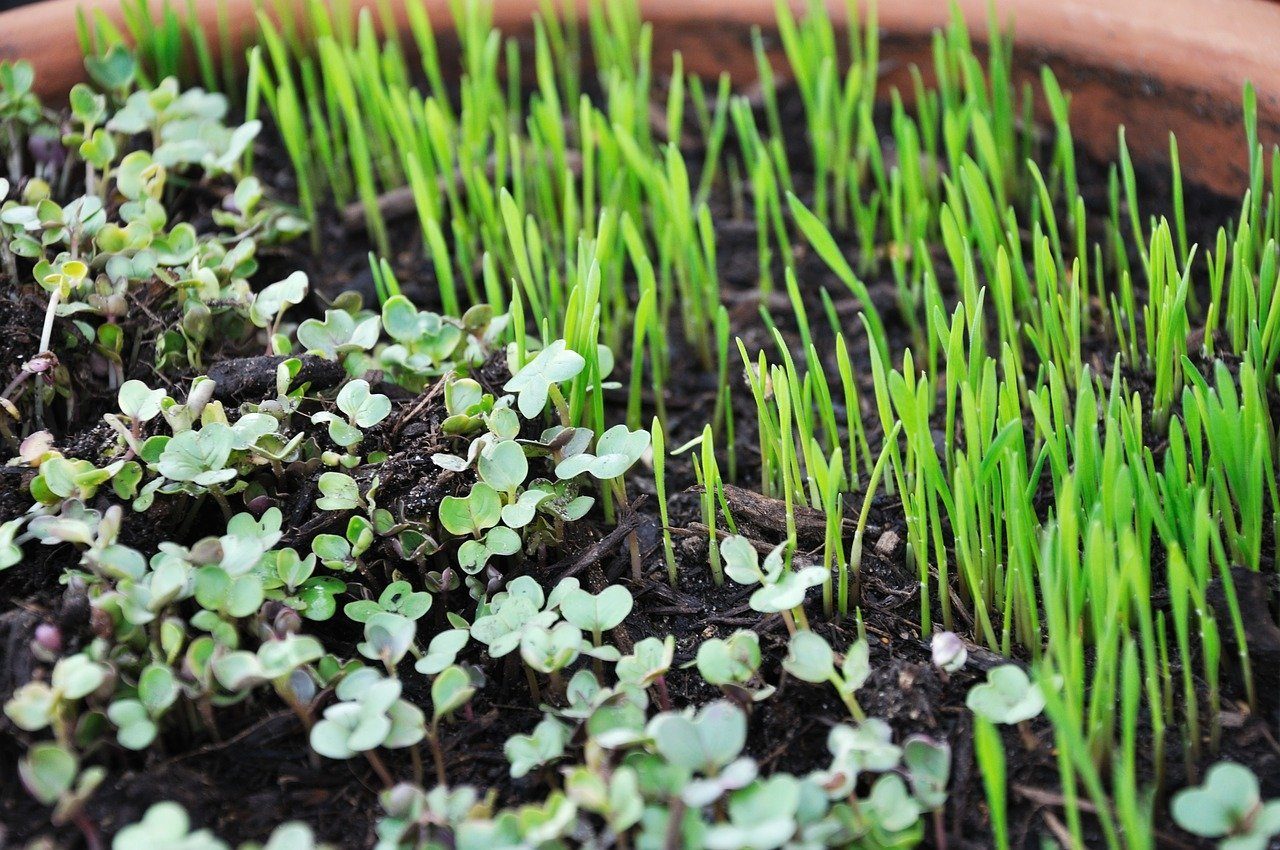No Garden? No Problem! Living Vegan on the Road

Image by Jill Wellington from Pixabay
Whether you’re an experienced vegan who knows all about how to eat cheap vegan meals on a budget or are just starting your cruelty-free journey, growing your own food and becoming self-sufficient is a captivating idea. For everyday vegans, this is relatively easy to achieve, especially if you have a garden ready for you to plant seeds and watch them sprout.
However, not everyone has the luxury of a garden. If you live in an apartment, even with a shared outdoor space, you don’t have the luxury of planting seeds whenever you feel like it. Without a shared garden, your options are limited even further. And, this is even before you consider anyone who prefers to live life on the road.
But, even though growing your own food on the road is tricky, it’s not impossible, so here are a few ways you can get started.
Be Patient
If you’ve never grown your own food before, you likely don’t have much of an idea of how long everything will take. This is perfectly okay, you’re not expected to know everything right off the bat. But, one of the most common things that people get frustrated by is how long things take to grow.
You mustn’t expect fruit and vegetables to sprout up overnight (as if it does, there’s a problem). Many of your favorite vegan foods take time to grow. Some crops, such as radishes, will sprout in just a few weeks, but this is hardly what you envisioned for your moving garden.
Like anything good in life, you must allow things time to grow, but the longer these crops take the grow, the bigger the risk of problems, so watch out for pests that could affect the crops and keep the temperature at the correct level.
Know What You Can Grow
While you might not have any experience with growing fruit and vegetables, you should still know that you can’t plan anything at any time of the year. Knowing when to plant the seeds at the right time will give each crop a bigger chance of success, but how do you know when is the right time?
A seed sowing calendar will give you an excellent idea of what you can grow at any time of the year. This should be the first thing you look at before you even buy any seeds. From here, you can look at the current conditions and time of year, and choose seeds accordingly.
If you have just missed your preferred crop window, pick anything and use it as a practice grow so you can get an idea of what you need to do to ensure a flourishing and healthy crop.
See What You Have Already

Image by coloboque from Pixabay
Growing your own fruit and vegetables is easier than you might think, and you may not even need to go to the market in many cases. Your home should already have some possibilities for you to plant, such as seeds from a bell pepper or tomato pulp.
However, as you're short on space as it is, this might not be an ideal solution unless you’re planning on staying in one place for a long time (and have a useful outdoor space, too). This shouldn’t put you off, though. Microgreens from coriander seeds and fennel (among others) will make it easy to grow something, even if it’s not what you first had in mind.
If seasoning and herbs aren’t high on your priorities, you can grow celery or onions in a small water dish, and if you have dried peas, pea shoots are always an option.
Find Containers
Every home has disused containers that you can use to plant seeds and wait for them to sprout. All you need is the seeds themselves and some soil (or water) to get started, as well as a light source that encourages growth.
However, you can also consider other options. A Mushroom growkit may not be as salt-of-the-earth as you initially intended, but it is an easy way for you to add some essential antioxidants to your diet. Although it might seem that mushrooms are easy enough to grow by themselves, you’d be surprised at how delicate the process can be, so this will ensure better success and less stress when growing mushrooms for the first time.
Get Creative With Your Space
Your RV won’t have the wealth of space that you can get from a home garden or even an apartment, and this means you’ll need to get creative with your space. Luckily, you’ve still got plenty of surfaces to make the most of, so consider where you can place your containers or pots to give them the best chance of growing small crops.
Spaces around the windows are always suitable, and you can also use the space on the dashboard as long as there’s no chance of the spoil or water spilling. Furthermore, if you’re stopped in one place for a long time, you mustn’t forget about the roof, and this could easily be your best bet.
As you will likely move on at some point, you’ll need an exit plan and a place to store everything while moving.
Consistent Water Source

Image by Alexandra 

The final thing you need to think about is a consistent water source, otherwise, your crops won’t stand a chance of growing successfully. This can be tricky while on the road, especially if you live in a mostly arid part of the country.
You could use bottled water, but that’s hardly a sustainable approach. Instead, think about natural water sources nearby. You can also make the most of rainwater when it happens to ensure you have something to feed the crops.
While all crops will need water, you should research how much water is required for each, as you don’t want to over- or under-water them.
No Problem
Nobody said that growing your own food would be easy. Many things can go wrong with a stationary garden, let alone one that is regularly on the move. Despite this, a little know-how and creativity will always go a long way with being a self-sufficient vegan. So, even if you’re not traveling around the country and are merely short on garden space, you can think about these options the next time you wish you didn’t need to rely on markets to source your meals.
